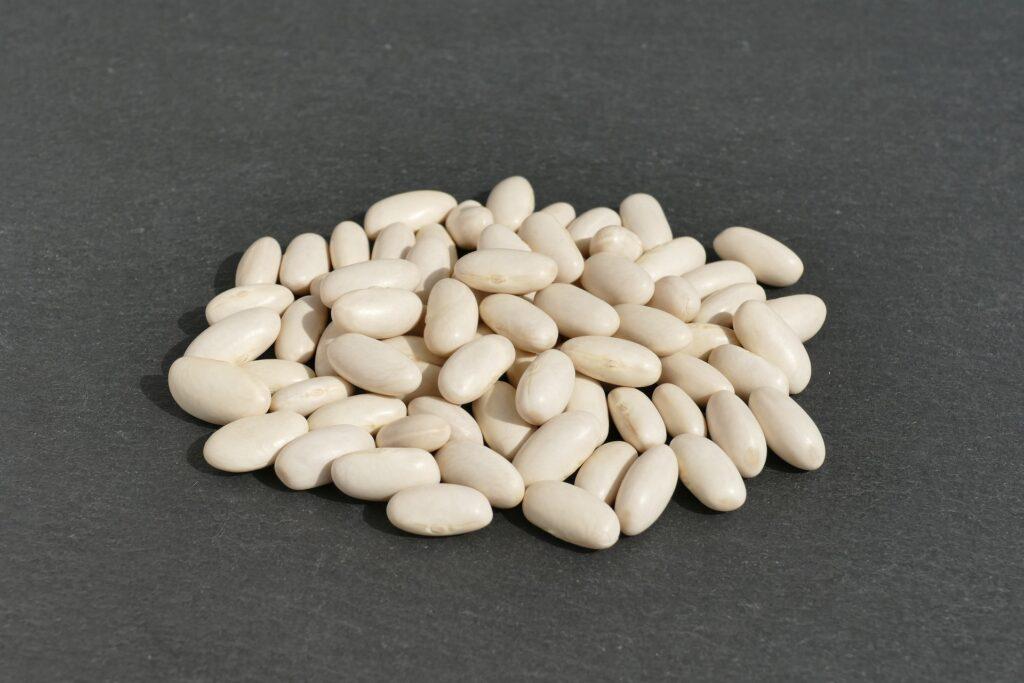Explore the fascinating world of Three Sisters Soup, which combines history, flavor, and nutrition. Discover the secrets of this exquisite Native American dish.

Table of Contents
Introduction
Have you ever tasted a soup that satisfies your taste senses and weaves a rich history and tradition? Rare gastronomic treats include the Three sisters soup. The following article offers a wonderful tour through the “Three Sisters”—corn, beans, and squash.
Three Sisters Soup honors Native American cuisine. The “Three Sisters”—corn, beans, and squash—are symbiotic crops with a long history. Co-planting these vegetables is an ancient sustainable agricultural strategy. This tasty soup illustrates nature’s interdependence and harmony.
The Historical Significance
Culinary Legacy: It’s not just a soup. This cuisine represents centuries of indigenous wisdom, including sustainable farming and an intuitive understanding of environment.
Cultural impact: Native Americans see the Three Sisters as more than crops. They represent togetherness, interdependence, and resilience. Thus, the soup celebrates these principles while being delicious.

What’s in a Name? Three Sisters Soup.
The charming name comes from Native American tradition of cultivating these three crops together for mutual growth. Every “sister” has a different role:
Stalk: corn.
Beans: nitrogen-rich beans climb the stalk.
Squash sprawls at the root, avoiding weeds and keeping soil moisture.
Fiber, protein, vitamins, and minerals make the Three Sisters Soup a health powerhouse. A well-balanced, appetizing, and nutritious meal is made from the three main ingredients.
Nutritional Benefits of the Trio
Corn is a fantastic food for energy because it contains a lot of carbs.
Beans are a great source of protein.
The vitamin A and vitamin C content of squash is particularly high.
The Three Sisters Soup is a delicious and healthy combination of three different soups.
Effects on the Environment
Intercropping the three sisters reduces artificial fertilizers and pesticides. Sustainable agricultural approaches conserve biodiversity, soil health, and carbon footprint.

Recipe: Making the Perfect Three Sisters Soup
Ingredients
2 pounds of the acorn sqaush
2 to 3 spoonfuls of olive oil
1 diced yellow onion
1/4 of a cup of chopped garlic
2 quarts water or veggie stock
White wine, 1/2 cup
2 spoonfuls of dried thyme
1 big bay leaf
1 pound of corn kernels, either fresh or frozen
2 cans of cannellini beans, 15.5 ounces each, drained
1/2 bunch of chopped green onions
To taste, salt and pepper
Procedure
1. Set the oven’s temperature to 350°F. Scoop out the seeds after halves the squash. Place the squash halves skin-side down on a baking sheet that has been lightly greased. Roast for 30 to 90 minutes, depending on the type of squash you are using, or until they are completely cooked through and tender. Take the food out of the oven, then let it cool.
2. Scoop the squash’s flesh into a big basin, saving any liquid. Using a food processor or blender, puree the cooled squash, adding more liquid as necessary.
3. Saute the onions in the oil in a big stockpot over medium heat until they start to turn golden. Garlic should be added and cooked with frequent stirring until it gets light brown in color.
4. Add the squash puree, wine, thyme, bay leaf, stock or water, and simmer. Simmer for 15 to 20 minutes after adding the last ingredients. If necessary, taste and adjust the seasoning.

Variations Across Cultures
Native Americans invented the traditional version of the Three Sisters soup, but many other nations have adopted it and given their own distinctive spin.
Chili and avocados give it a Mexican flair.
Olive oil and parmesan are used as garnishes, which is Italian.
Three Sisters Soup and a Match
The adaptability of this soup is what makes it so lovely. It goes perfectly with:
newly made bread,
a white wine drink,
veggies grilled.
How should I heat and store?
Storage: It keeps its freshness for up to 4 days in sealed containers.
Reheating: To preserve flavor, simmer food slowly on the stove.
The Popularity Worldwide
The Three Sisters soup has traveled a journey that is nothing short of miraculous, from being a staple among Native Americans to being served in fine dining establishments all over the world. Its widespread appeal may currently be seen at a number of international culinary festivals.
Personal Experiences: A Resonant Soup
I recall my first sample of the Three sisters soup. It occurred while visiting a Native American village. The combination of flavors and the friendliness of the community left an indelible mark on my palate and my heart. Not only was it soup, but it was also a story, a legacy, and a hug in a bowl.
FAQs
Why is it called the ‘Three Sisters’?
The name comes from the Native American practice of growing corn, beans, and squash together, where each plant supports the other.
Is it vegan?
Yes, the classic recipe is vegan. However, one can always modify according to preferences.
How long does it take to prepare?
Approximately 40 minutes, but the flavors are worth the wait!
Can I freeze the soup?
Absolutely! It can be stored in the freezer for up to a month.
What’s the best season to enjoy the Three Sisters Soup?
While it can be relished year-round, it’s especially comforting during fall.
Where can I find authentic Three Sisters Soup?
Native American communities and specialty restaurants offer the most authentic experience. However, with the right ingredients, you can also create magic at home!
Conclusion
The Three Sisters Soup is more than a meal; it’s a cultural artifact, a historical document, and a gastronomic tour de force that pays homage to the genius of Native American cooks. Whether you’re a foodie, a historian, or just looking for a bowl of warm, soothing soup, you’re in for a treat with this dish.
External Source
For a deeper understanding of Native American traditions, visit Wikipedia’s Native American Cuisine

